In this video we take a look at what are elements, we discuss what makes elements different from one another and we cover the elements of the human body, and the percentage of each of these elements in the body. Elements of the human body Elements are substances that cannot be chemically broken down into simpler substances. There are over a hundred different elements, including oxygen and carbon. Elements differ based on the number of protons in their nucleus. The table of elements is shown on the screen, and each element is identified by its symbol and atomic number. For instance, carbon has the symbol C, and its atomic number is 6. The atomic number is the number of protons in its nucleus. This means that carbon atoms, and only carbon atoms have 6 protons in their nucleus. This bottom number is the atomic mass or mass number of a single carbon atom. It is equal to the number of protons, and the average number of neutrons in the nucleus. These brackets here signify a range for the atomic mass of carbon, because there are some carbon atoms that have different numbers of neutrons in their nucleus, these are called isotopes. There are many different elements that can have several different isotopes. There are a total of 26 elements that are present in the human body, and the material in the human body is made up of about 96% from 4 of these elements, oxygen, carbon, hydrogen and nitrogen. Of the 26 elements, 11 are considered to be major elements in the body, and they are the light blue colored elements in the table. The other 15 elements that are in the body are considered trace elements, and they are the peach colored elements in the table. The chart on the screen lists the major and trace elements in the body, along with their symbol and the percentage of body weight of each element. And that be the basics on elements and compounds of the human body.
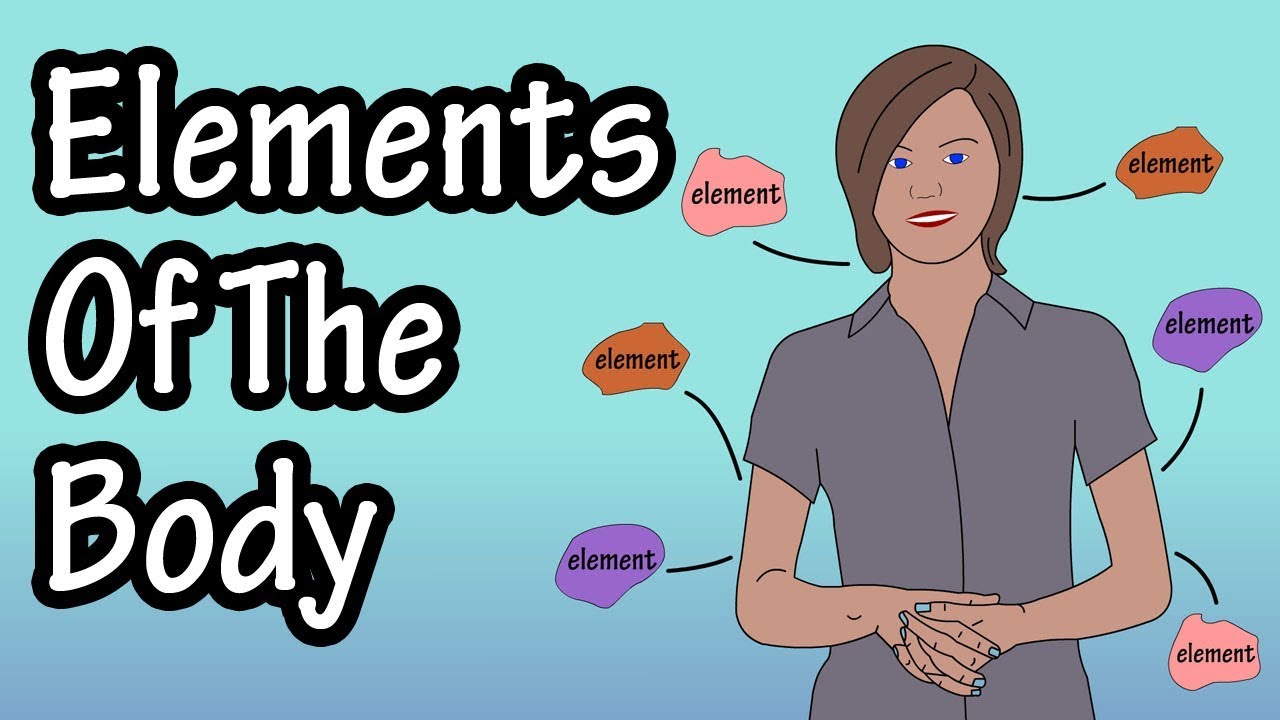
What Are Elements – Elements Of The Human Body – What Is The Body Made Of – Human Body Composition
- Post author:
- Post published:May 13, 2021
- Post category:Uncategorized
- Post comments:0 Comments
You Might Also Like

Obstetrics Video – 3
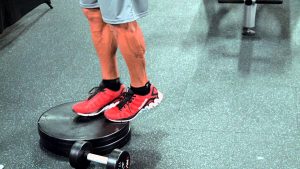
Standing Calf Raise

Why Does Sugar Make you Thirsty? | Nutrition Pass
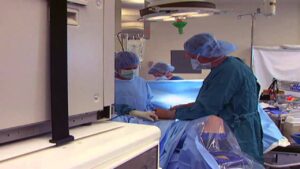
Laproscopic Surgeries Video – 3

Formula 1 Nutritional Shake Mix (How Can I Get Weight, gain weight, get fat, get weight, gain fat)
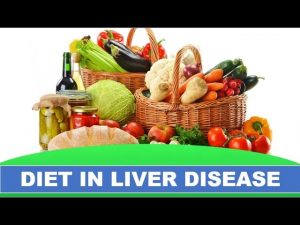
Diet in Liver disease (Fatty liver, Liver cirrhosis, Hepatomegaly, Jaundice & Hepatitis)

Nutrition & Vitamins : What Vitamins Are Antioxidants?
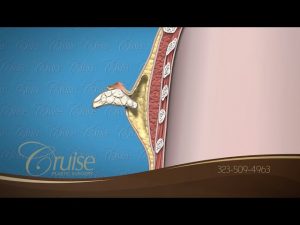
Gynecomastia Patients Talk About Their Surgery Experience

Knee Touch Ab Exercise

Clinical Nutrition Video – 1

Sports Nutrition & Supplementation Video – 1

The color of your urine says a lot about your health, this is what your color means
Heart Disease
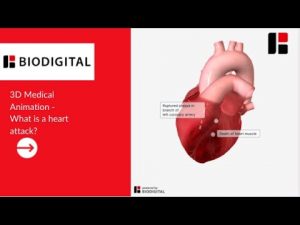
3D Medical Animation – What is a Heart Attack?

How to Do a Wall Sit | Thighs Workout

BEAST Upper Back Dumbbell Workout For MASS (3 EXERCISES!!)

6 Tips To Naturally Increase Your HGH (Human Growth Hormone)

How to Do Lateral Raise – Women’s Fitness

Spa Marketing Video – 2

What is President Trump’s hair loss drug and how does it work?
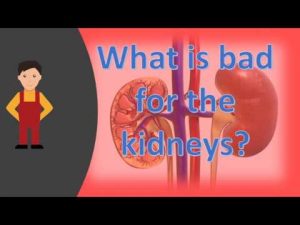
What is bad for the kidneys ?
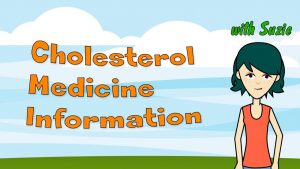
Cholesterol Medicine Information – Different Ways to Lower Your Cholesterol Levels

How to treat severe acne without using accutane or isotretinoin?

Abnormal Psychology Video – 4

What Is the Difference Between a Lunge & a Split Squat? : Fitness Training Exercises
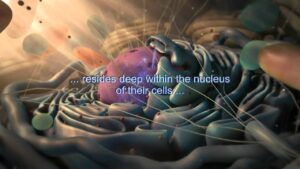
Introduction to Genetics
One Arm Row Dumbbell-5

Obstrics Surgeries Video – 1

Full day Diet Plan to GAIN WEIGHT for Beginners! (Hindi / Punjabi)

Lat Pull Down-13
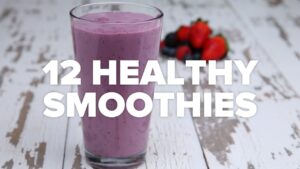
Pre Blended Creams Video – 2
B Complex Supplement

Fever In Children & Adults – Natural Remedies to bring down the temperature

Treating Cystic Acne with Accutane or Isotretinoin

Build Massive Upper Back and Lats with Sling Shot Rows

Medicine Advantages Of Xenical Orlistat

BODYBULDING MOTIVATION 2017 | ONE LAST REP |

Sprinting Running Video – 1

Pediatrics Video – 2

15 Foods to Improve Baby’s Brain During Pregnancy – Pregnancy Foods for Intelligent Baby
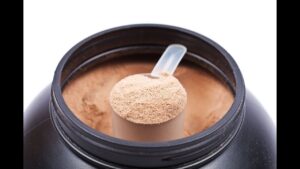
Anabolic Steroids – History, Definition, Use & Abuse Video – 26

